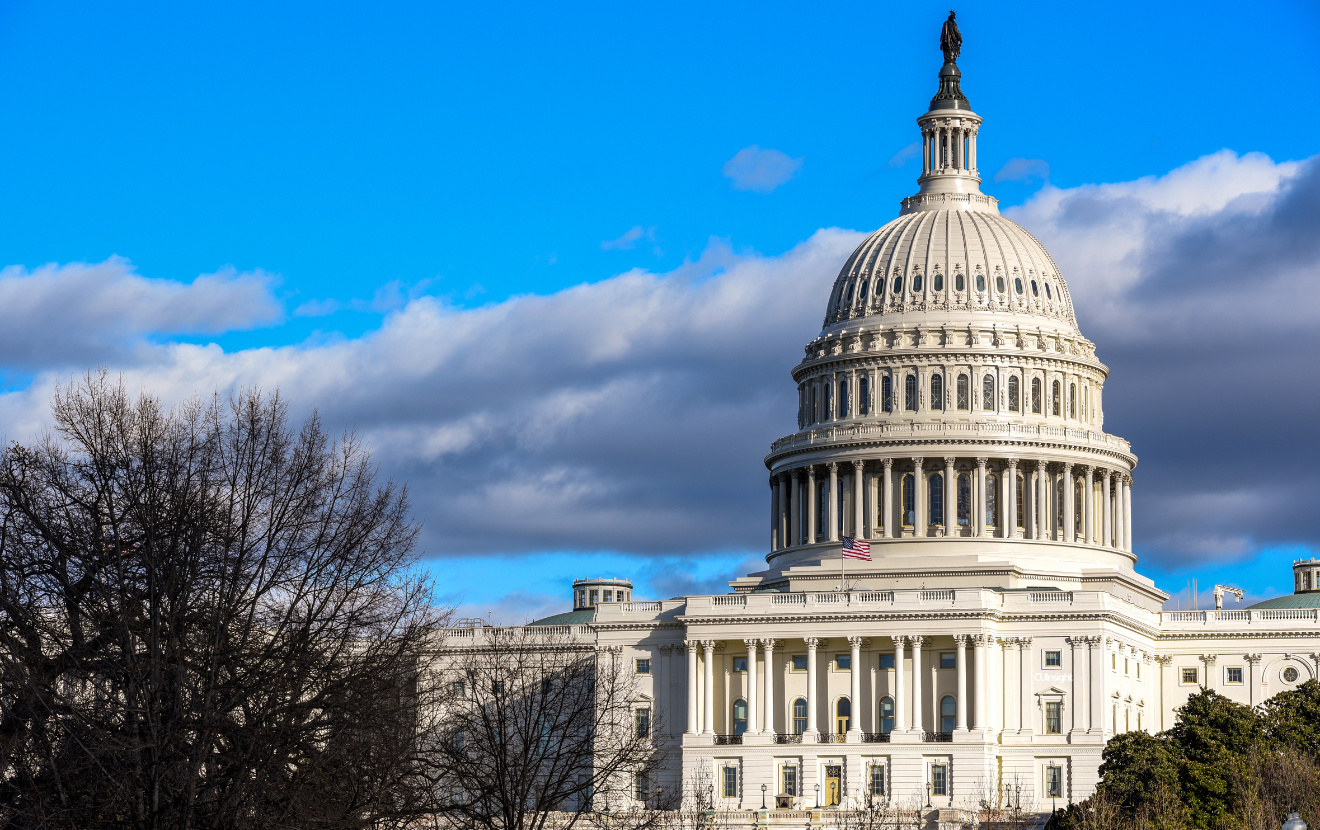Getting members to save more is the holy grail for many credit unions. Nearly every financial institution has some sort of plan or program or course to tackle this problem…so why has it not been fixed?
I’m sure you’ve heard the statistics: two thirds of Americans don’t have enough money in savings to cover a $1,000 emergency, forcing them to turn to credit cards, loans from friends or family, payday lenders, or other means to cover the costs.
Did you also know that nearly a third of Americans will never have enough money to retire…and one survey found that almost half of financial planners do not even have retirement plans? Yikes!
This led me to ask: why is it so hard for people to save money—and why do so many initiatives to encourage saving fail?
Using Behavioral Economics To Nudge
Behavioral economics is the study of how the brain actually makes decisions – from what to buy, when to save, and whether or not to recycle. Because 99% of choices are made by the subconscious brain, it is really running the show. Unfortunately, it isn’t always logical, and there are a lot of rules it uses that keep people from saving.
The problem with existing programs is they are built on the premise of what people “should” do (instead of what they will actually do).
The great thing about the field of behavioral economics is it helps us understand how the brain makes decisions – even when people can’t tell you themselves what they will do. So, I put my theories to the test and ran a study on behalf of the Filene Research Institute with Point West Credit Union in Portland, Oregon.
Filene Research Institute Study
In my last article for CUinsight, I talked about the concept of time discounting (or the “I’ll start Monday” effect, as I like to call it).
This concept is a huge barrier against getting people to save. We know what we should do (eat better, exercise, save for retirement) but our brains have a hard time actually doing what is best. So, overcoming this phenomenon was key.
The study included 240 members from Point West Credit Union, divided into three groups to see if those who received the full impact of behavioral economics nudges (carefully worded letter, emails and a refrigerator magnet to track their savings) would save more and have increased loyalty scores (tracked via Net Promoter Score).
I’m so excited to share that those in the magnet group did save more and had their average NPS score increase from 8.05 to 9.20!
Want to learn what we did, and some tips on how to run experiments in your credit union? Check out the full report now.







